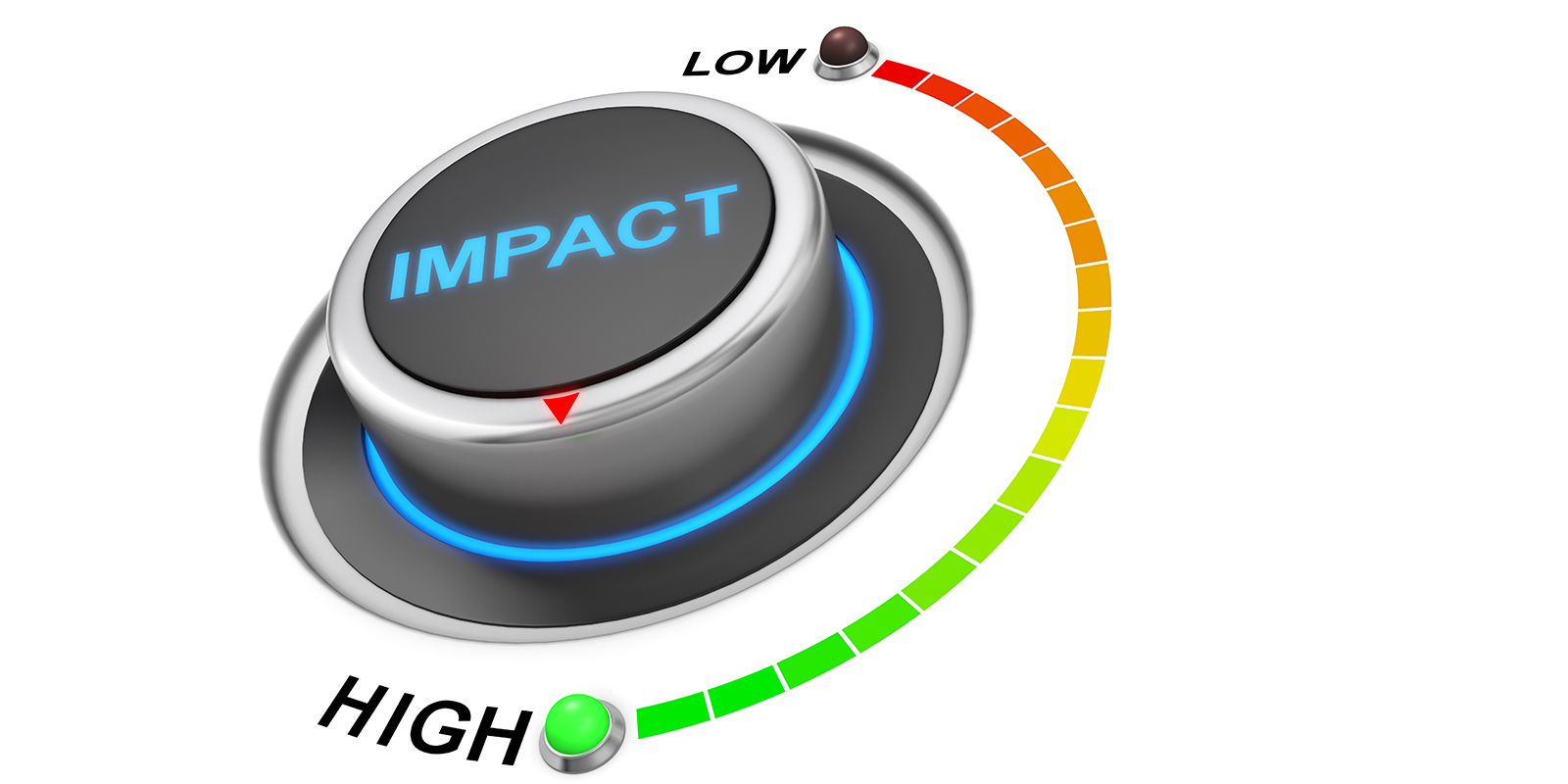
Though most medical practices accept the need for patient-centered care, one critical piece—communication preferences—remains largely unimproved. Why?
Understanding patient preferences and improving the communication between provider and patient takes time and money. In addition, the priority is always on providing the best care, frequently resulting in sub par communication about the care they provide.
What follows is a review of two of the most significant impacts of patient communication.
The Impact on Costs
The largest swing in costs stemming from patient communication comes from adverse events, stemming from bad communication. An article published by the Healthcare Financial Management Association, stated “an emphasis on improved caregiver-patient communication, patient and family involvement, and a focus on the patient’s perspective has the potential to reduce adverse events, malpractice claims, and associated operating cost increases.” (Charmel, P., and Frampton S., Building the Business Case for Patient-centered Care, HFMA, 2008)
After implementing improved communication, “one hospital has reported compelling results related to malpractice claims—a dramatic reduction in malpractice claims in the hospital’s first nine years of implementation— despite an increase in patient care activity, which tends to increase claims.”
Clearly, the correlation between improving communication with patients and reducing costs from adverse events is strong. And the first step to improving communication is understanding patient preferences.
The Impact on Revenue
Though avoiding adverse events is motive enough for understanding patient communication preferences, the impact on revenue is even more substantial.
Let’s assume a clinic has 10,000 patients in their database and each visit is worth $100 to $150. If 1% of their patients schedule a visit one more time a year, the clinic would see increased revenues of about $10,000 to $15,000.
What should a clinic expect to pay for that increase in revenue? Recently, a medical clinic engaged their current patients to generate incremental appointments.
Based on patient communication preferences, this clinic used email, automated phone calls, and text to engage their database. Over three months, this clinic generated 2,649 new appointments. Approximately 16.9% of their patients scheduled an additional visit worth $644,481 in revenue.
The cost? The clinic spent $4.03 per visit and realized an amazing 8,300% return on their marketing spend.
Can every marketing campaign expect this kind of return? I can’t say. But, definitively, the link between patient communication preferences and its impact on costs and revenue is unbreakable. Certainly, rewards follow those clinics that improve patient communication.
